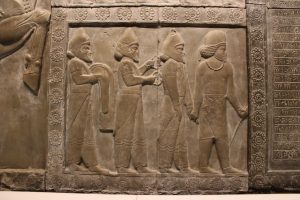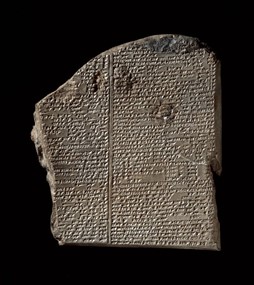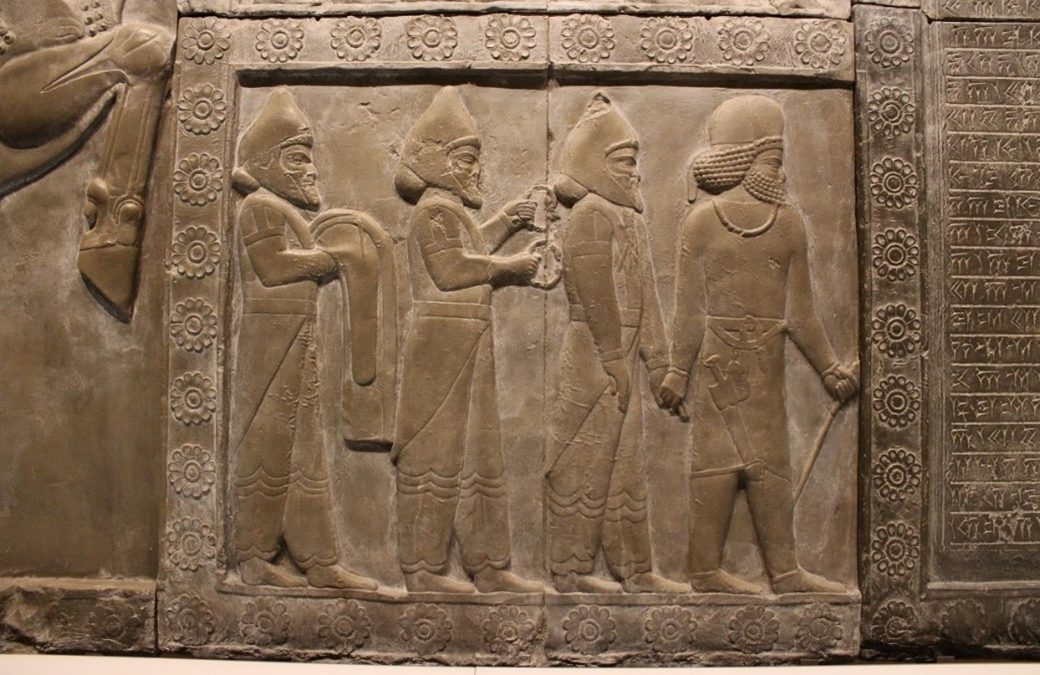OUR BLOG
BIRTHPLACE OF LETTERS, POETRY AND LAW
BILATERAL RELATIONSHIPS
REPUBLIC OF IRAQ AND THE REPUBLIC OF SERBIA
Numerous civilizations shifted in the area of today’s Iraq, and the area between the Tigris and the Euphrates is considered the cradle of civilization and the birthplace of letters, poetry and law.
It was first the cradle of the earliest known Sumerian civilization. A new Akkadian civilization, Assyria, has risen in northern Iraq. Until the 19th century BC the Amorite state of Babylon was founded in southern Iraq. The Arab-Islamic conquests in the 7th century brought Islam to this area, supported by the large inflow of Arabs and Kurds. The Abbasid Caliphate founded the city of Baghdad as its capital in the 8th century. For the next five centuries, this city was the leading metropolis in the Arab and Muslim world, a multicultural center which recorded more than a million inhabitants and was known for a city of science during the Islamic Golden Age.

However, in the 13th century, it was destroyed by the Mongols during a siege, along with the Abbasid Caliphate and the House of Wisdom, which was hosting numerous valuable historical documents.
Some historians believe that the Mongols destroyed much of the irrigation system which maintained Mesopotamia, while others believe that salinization of the land caused the collapse of agriculture.
In the 16th century, the territory of Iraq fell under the Ottoman rule and remained under it until the First World War, when the country became a protectorate of Great Britain and was named the State of Iraq.
In 1932, Iraq gained independence from the United Kingdom. The monarchy was overthrown in 1958, when Iraq withdrew from the Baghdad Pact and renewed diplomatic relations with the USSR.
Relations between Serbia and today’s Iraq are characterized by friendship, understanding and mutual support. The state of Iraq has not recognized the unilaterally declared independence of Kosovo.
The current situation in Iraq largely affects the dynamics of the development of relations in various fields, but there is a mutual will to strengthen and improve the overall cooperation between the two countries.
City from “One Thousand and One Nights”
Baghdad (meaning “God’s gift”) is the capital of Iraq, and the second largest city in southwest Asia after Tehran. In 762, Caliph Al Mansur chose Baghdad to be the capital of the Abbasid dynasty, while during Harun al-Rashid this city lived up to its greatest glory described in the work “One Thousand and One Nights”. It was one of the richest and largest cities in the world. Shorty after the founding, it developed into a significant cultural, commercial and scientific center. The city was the seat of several important academic institutions, and during the late Middle Ages, it was considered one of the largest cities in the world.

One of the oldest buildings in Baghdad is the Abbasid Palace, which is part of the historic city center with Souq AL Sarai and madrasa al-Mustansiri. The 15th-century al-Qasimi Mosque is located on the outskirts of Baghdad. The seventh and ninth Shiite imams (of the twelve greatest) are buried in it, which is why it is considered one of the most important Shiite shrines in the world.
Epic of Gilgamesh
The Epic of Gilgamesh, the oldest epic in the world, also originates from the territory of Iraq. It was found in Nineveh in the 19th century, in the library of the ruler of Ashurbanipal, and written in cuneiform on 12 plates.

Part of the board with the writing of the Epic of Gilgamesh
Sumerian work about the hero-king Gilgamesh of Uruk, the ruler from the third millennium BC who is one-third a man and two thirds a god, is in fact a story which tells of his spiritual maturation and the search for knowledge and the possibility of eternal life.
The oldest love song in the world
In 1880, in Nippur, a region which also belongs to the territory of present-day Iraq, a poem written in the eighth century BC was found on a Sumerian clay tablet that covers in size a palm of a man`s hand. These words of love are kept in a museum in Istanbul today, and historians claim that they were recited by a young priestess in love with the Sumerian king Shu-Sin, the fourth ruler of the Ur dynasty. The first verse of this Sumerian song reads: “Bridegroom, dear to my heart, your beauty is great, sweet as honey.”
According to the old Sumerian belief, the king had a sacred duty to marry a priestess every year. The ritual of holy marriage implied the union of two deities, usually the goddesses Ishtar and Tammuz. As the priestess symbolizes Ishtar, the goddess of fertility and the king represents Tammuz, the god of nature, this song is also known as the hymn of Love of Ishtar and Tammuz.








 2018
2018